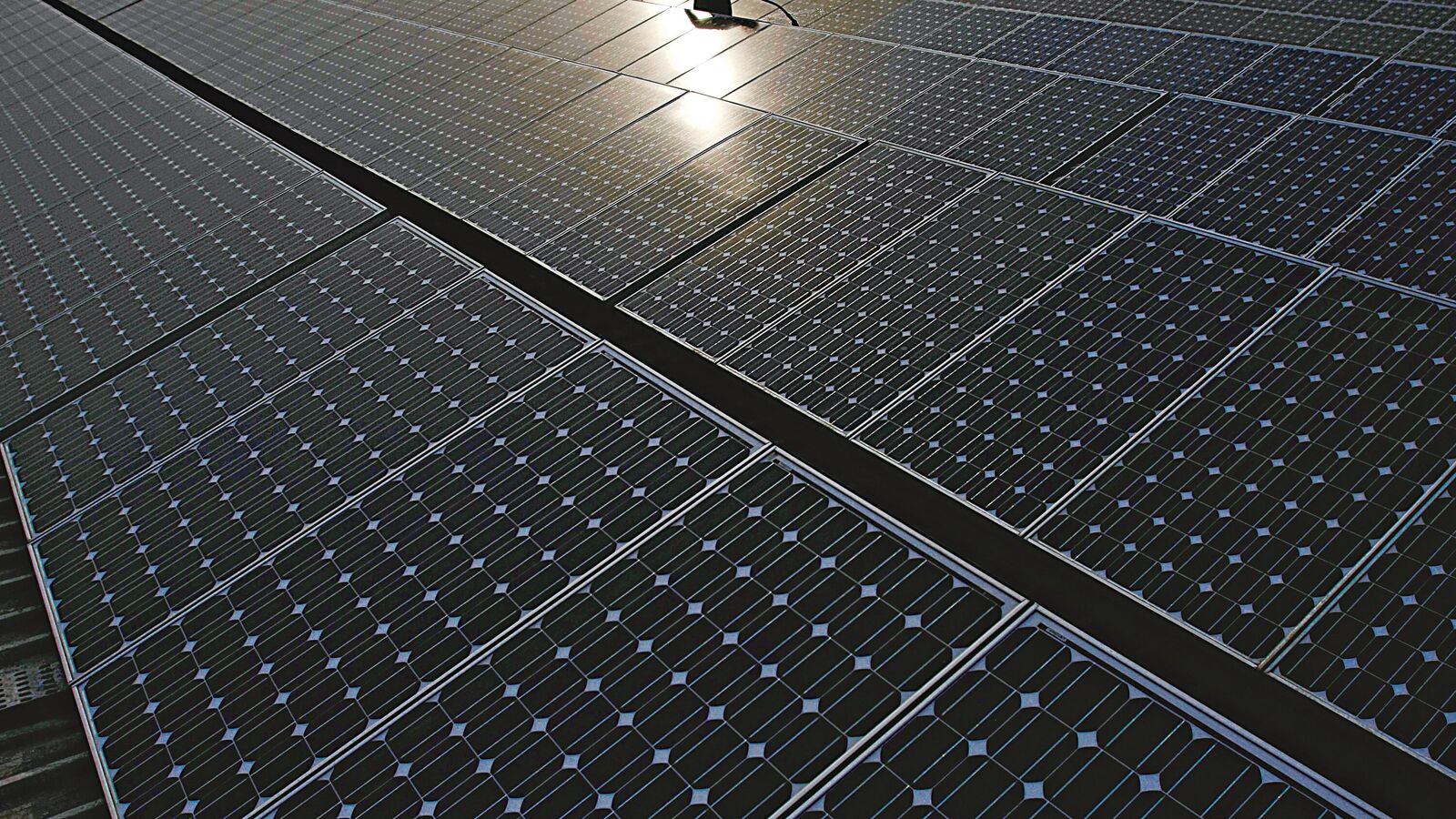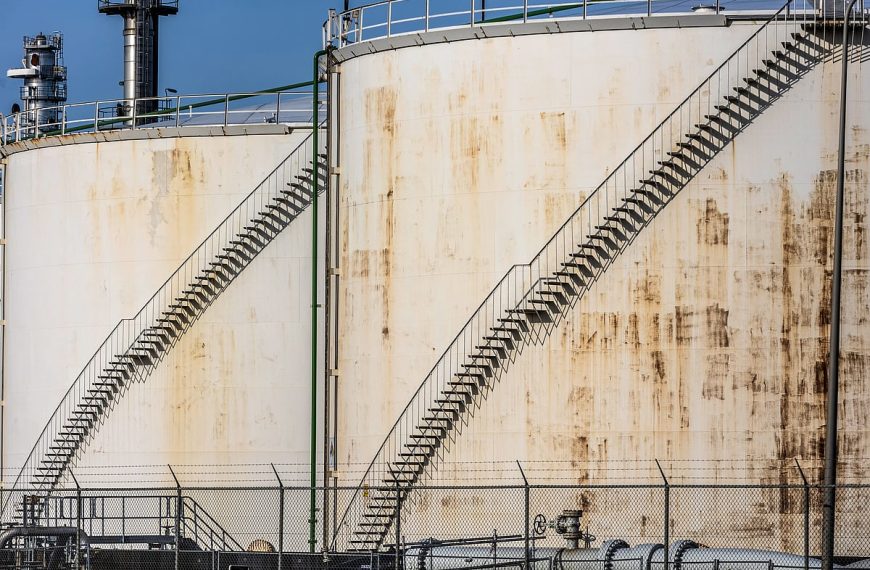Global brokerage firm Bernstein has recently placed Waaree Energies and Premier Energies under its scrutiny, initiating coverage with an ‘Underperform’ rating. The firm cites concerns regarding both companies’ competitive edges and overall valuation as key factors influencing this decision. Bernstein has established a price target of ₹1,902 for Waaree Energies, indicating a potential drop of 20% from its last closing price. Similarly, Premier Energies has a target price of ₹693, suggesting a possible decrease of 24%.
Concerns Amidst Solar Expansion in India
This cautious stance coincides with India’s aggressive push to amplify its solar energy sector, attracting an impressive $20 billion in annual investments. Despite this promising growth, Bernstein expresses reservations about the long-term profitability of these companies within the industry. A crucial point raised is the fact that domestically produced solar panels are priced two to three times higher than global standards, raising significant concerns about cost competitiveness.
- Competitive Landscape: Major players like Reliance Industries and Adani Enterprises dominate the market, benefiting from advantages such as backward integration.
- Opportunities for Growth: While Bernstein acknowledges Waaree Energies’ potential for expansion beyond its core module-cell business, the brokerage emphasizes that both firms lack the financial resources needed to contend with the larger entities effectively.
Future Earnings and Returns: A Cautious Outlook
Bernstein forecasts that the supernormal returns currently enjoyed by Waaree and Premier may not be sustainable over time. The firm anticipates a normalization of returns to mid-teen percentages from the current striking 40%. A significant risk highlighted is the 30-year performance warranty offered by these companies, which is concerning given the relatively short history of solar panels in the market.
- Regulatory Dependencies: The financial stability of these firms is closely tied to import regulations in both India and the U.S.
- Price Volatility: With fluctuating global solar prices and increasing competition, Bernstein argues that both stocks appear overvalued based on their regulatory-driven business models.
The Cyclical Nature of the Solar Industry
In its report, Bernstein also pointed to the cyclical characteristics of the solar market, noting that global manufacturing capacity is currently at 1,200 GW while actual demand is around 600 GW. This trend mirrors the situation in India, where solar module manufacturing capacity is anticipated to exceed 70 GW by FY26, against an expected domestic demand of 40 GW.
- Potential Oversupply: The forecast for solar cell manufacturing indicates a rise from 21 GW in March 2025 to over 60 GW by FY27, which raises alarms about potential oversupply and margin compression.
- Historical Trends: Bernstein notes that return on equity in the solar sector often declines sharply after two years of robust performance, recommending that investors consider reducing their holdings if returns surpass mid-teen levels.
Export Opportunities vs. Challenges
Indian solar exports have seen remarkable growth, climbing from $0.1 billion in FY22 to $2 billion in FY24, largely due to U.S. restrictions on Chinese imports. However, sustaining this growth may be challenging, especially as the price gap between the U.S. and global markets widens. Currently, U.S. solar panel prices are around 25 cents per watt, while global prices stand at 9 cents per watt.
- Production Increases: The U.S. is rapidly expanding its domestic production capacity, which could make it increasingly difficult for Indian manufacturers to maintain their pricing advantage.
Stock Performance and Valuation Predictions
Since their respective IPOs, shares of both Waaree Energies and Premier Energies have seen notable gains. Premier Energies has surged 100% from its IPO price of ₹450, while Waaree Energies has climbed nearly 60% from its issue price of ₹1,503.
Despite these impressive figures, Bernstein’s skepticism regarding their long-term investment viability persists. The brokerage predicts a 21% downside for Waaree Energies and a 26% downside for Premier Energies, based on an 11-12x FY27 EV/EBITDA multiple, translating to market capitalizations of approximately $6 billion for Waaree and $4 billion for Premier.
In conclusion, Bernstein’s ‘Underperform’ rating reflects the intricate challenges facing India’s solar manufacturing sector. While Waaree Energies and Premier Energies have established themselves early in the industry, their long-term profitability remains in flux amid competitive pressures, risks of oversupply, and diminishing returns.











